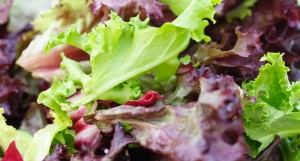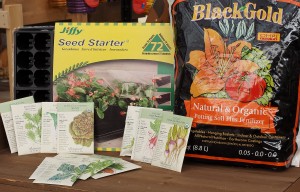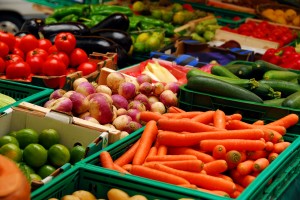Late summer is a great time to plant fresh crops of lettuce, spinach, broccoli, and cauliflower. Starting them from seed in late July and early August allows us to grow them into the fall. Cole crop vegetables thrive as the temperatures begin to cool in September and October, taking frost in stride. Most short season root crops will do the same. It’s a good idea to keep a frost blanket handy, though. Frost blankets will prevent your late season crops from suffering damage in the event of an early hard freeze.
What can you grow? There’s quite a list, but one of the important things to consider is the number of days the crop needs to reach maturity. This is usually on the front of the seed packet. Stick to plants that need less than 75 days to mature for late crops. How do you know when to start fall crops? Count back the number of days the crop needs to mature, from the average first frost date. In Denver, that date is October 11. So if your lettuce takes 60 days to mature, count back from October 11th and seed them on August 12th. If you don’t have a calendar handy, this website is easy way to calculate dates; http://www.convertunits.com/dates.
Here are some favorite fall crops to try:
Beets, Bok Choy, Broccoli , Cabbage, Carrots, Cauliflower, Collards, Endive, Kale, Mustard Greens, Peas, Radish, Spinach, and Turnips
Choose varieties that are less susceptible to powdery mildew for fall gardens. Cool nights and moisture condensation on the foliage is all the spores need to wreak havoc on your vegetables.
Planting crops a week apart, successively, will extend harvest well into the fall. Enjoy!


